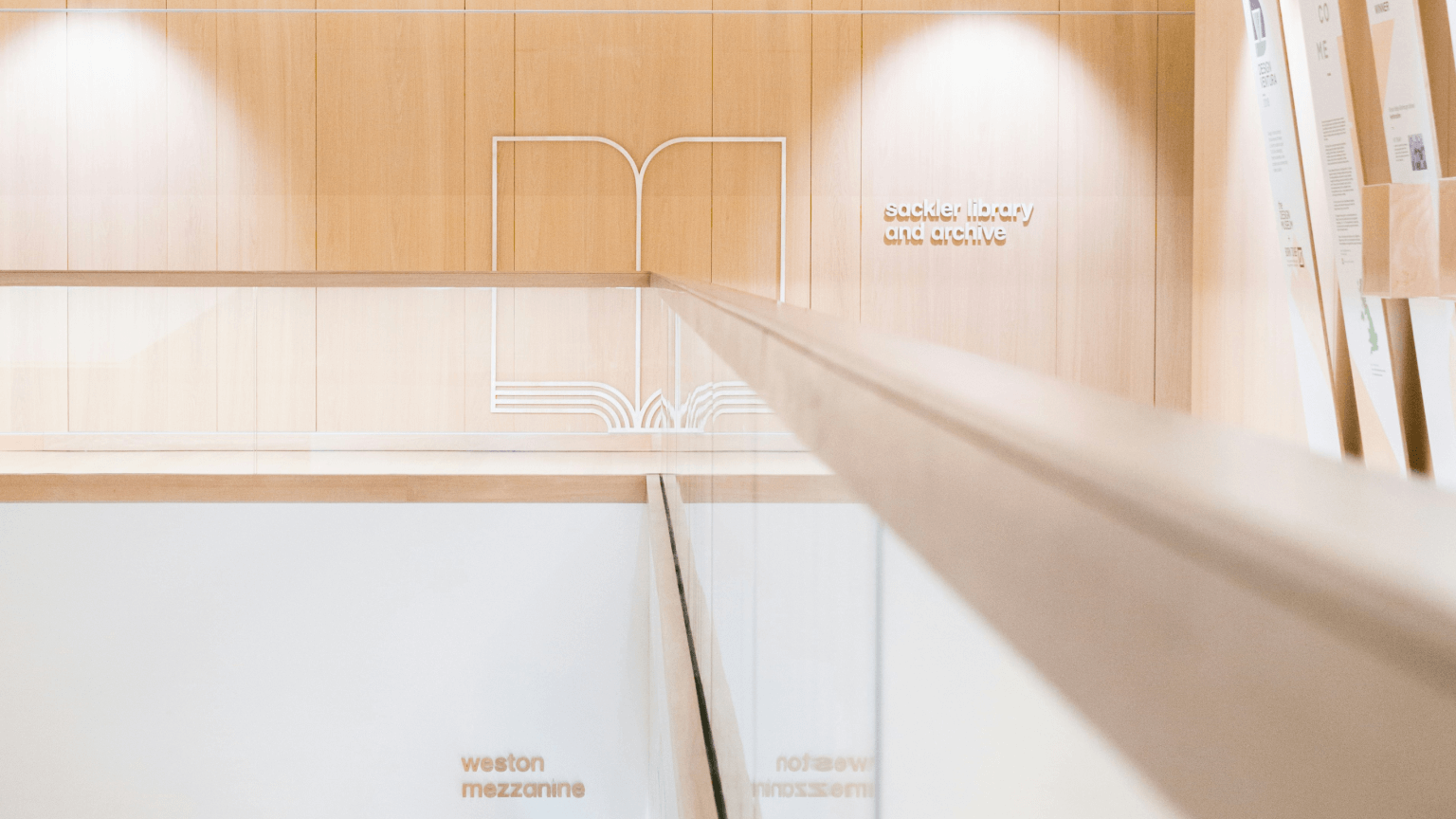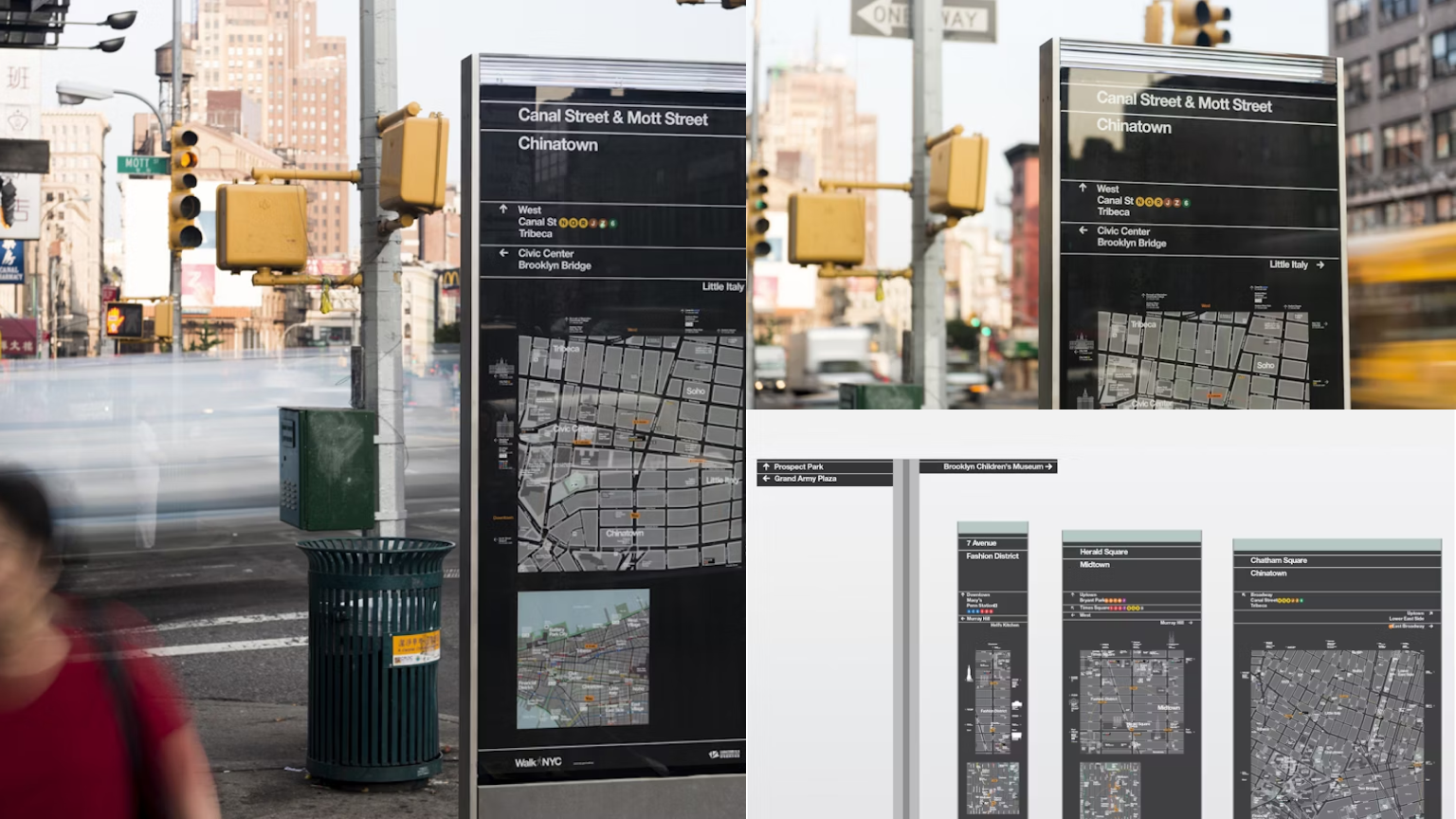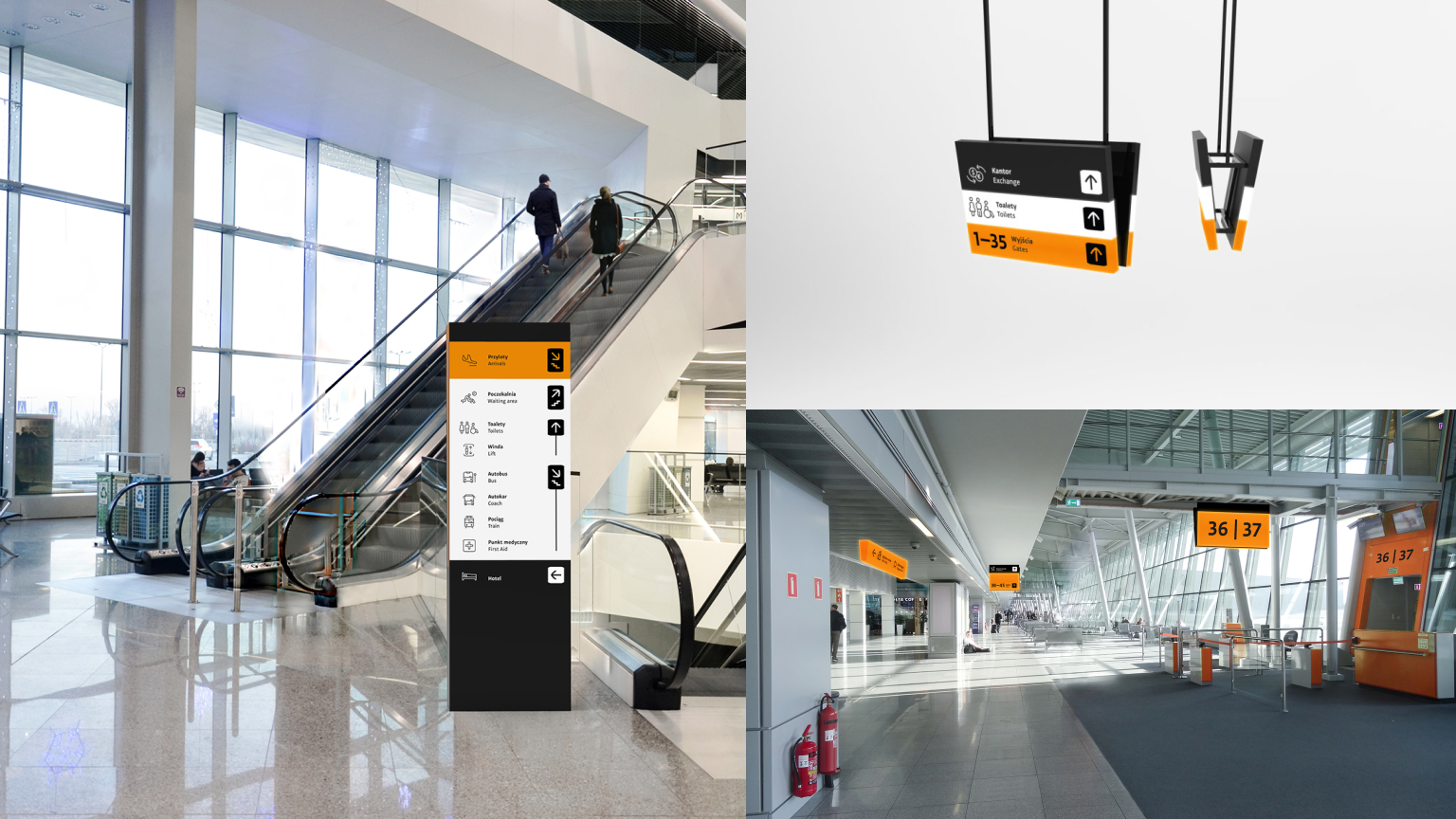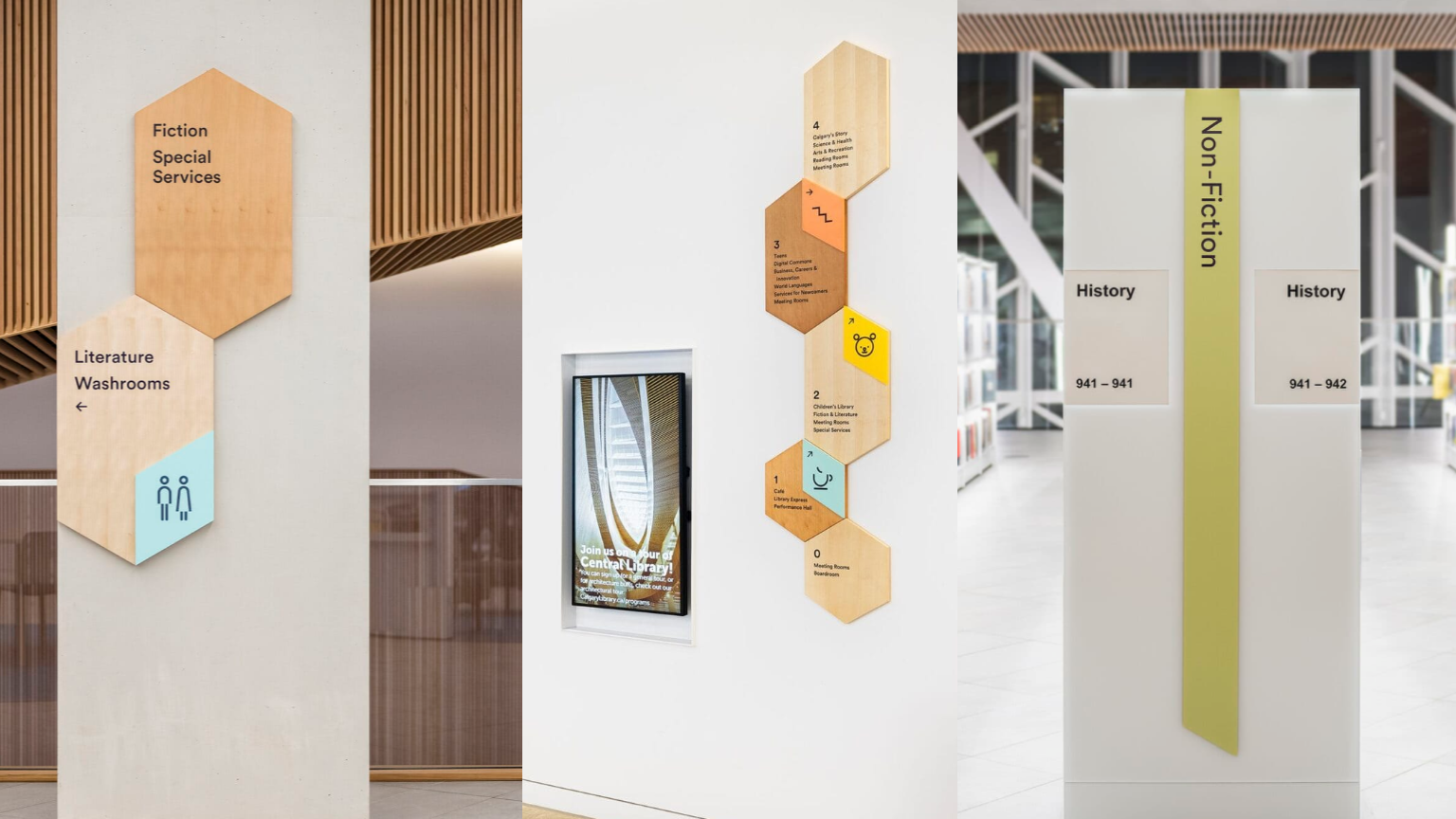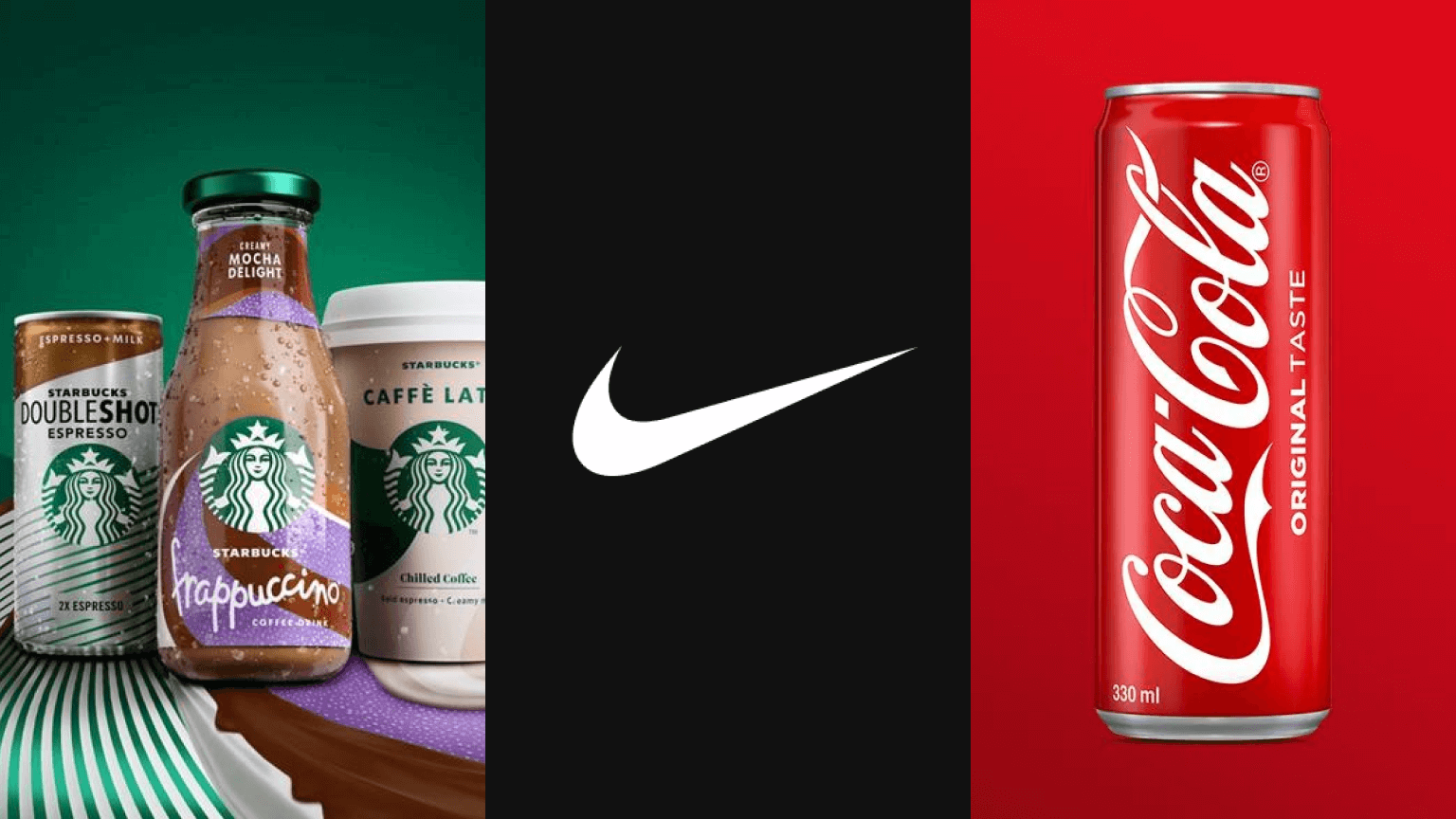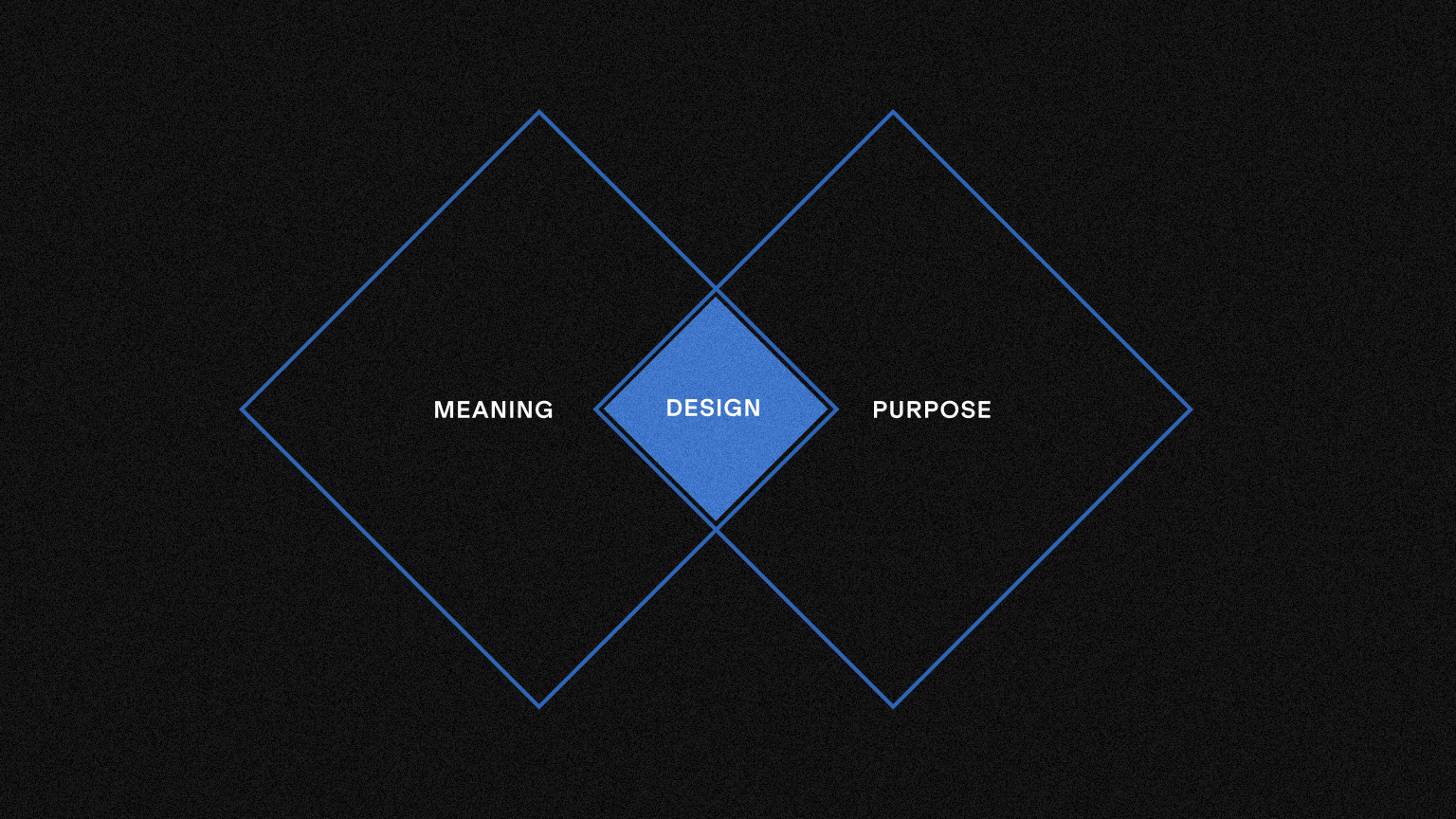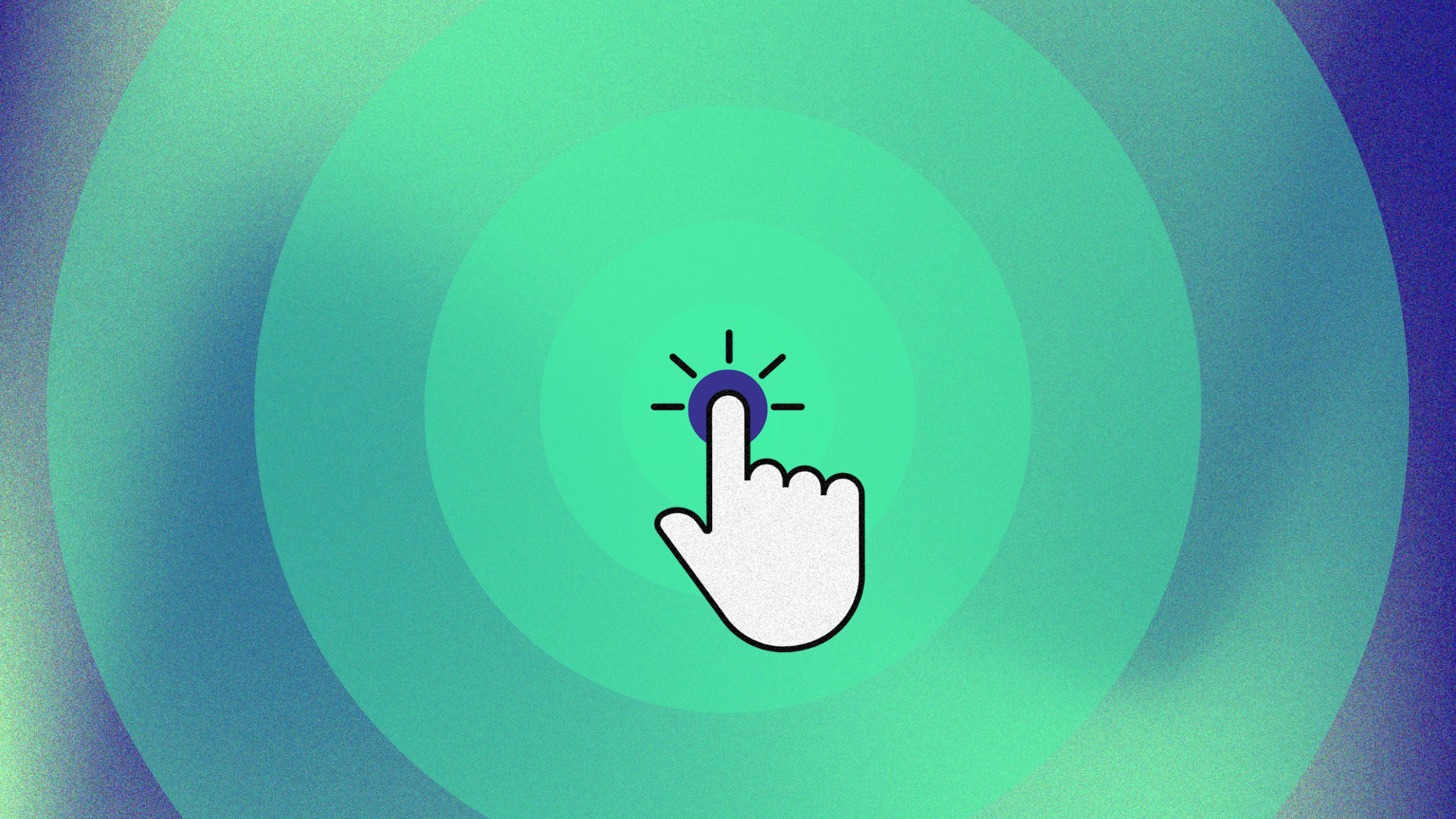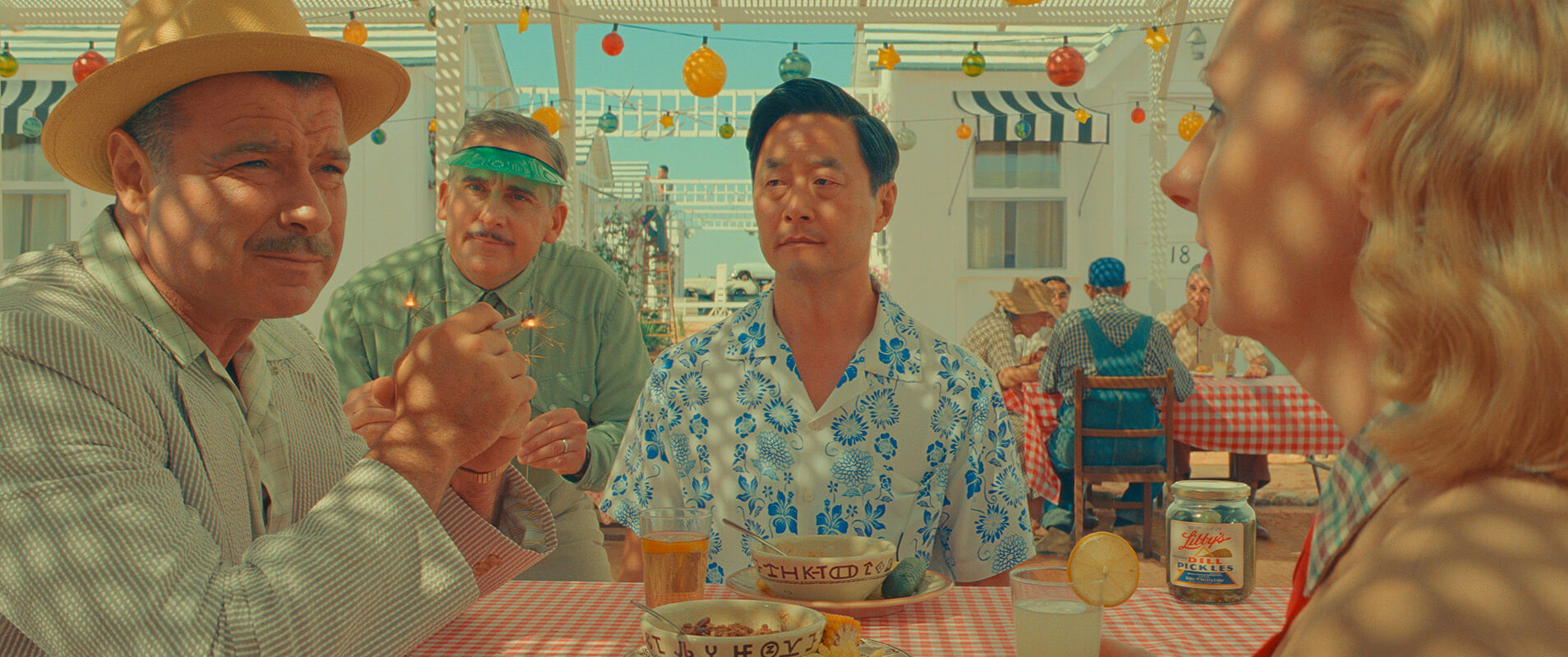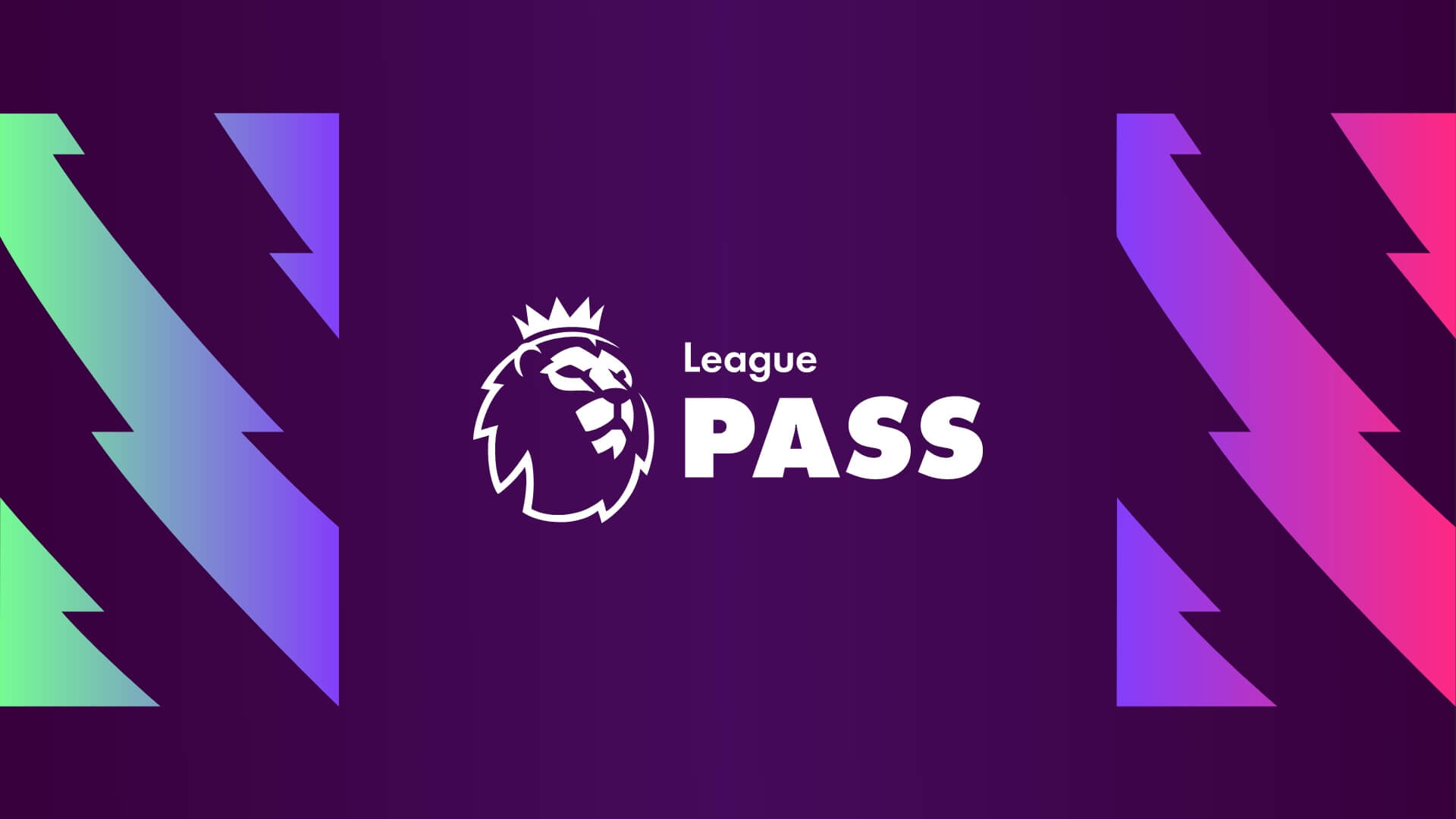Navigating through Space: The Art of Wayfinding
What is your experience with airports’ wayfinding?
As a frequent traveller, I’ve been to all sorts of airports. But let me tell you, Manchester Airport takes the crown of being one of the most confusing ones. Navigating it is like trying to crack a secret code. With its sprawling terminals and muddled signage, finding your way around feels more like stumbling through a maze. The signs are all over the place, leaving travellers scratching their heads. I can only imagine how difficult it might be for people with disabilities or limited mobility.
But hey, it’s not all complaints. Manchester Airport just needs to invest in clear signs, accessible info, and a smarter maps. It would make a world of difference. In other words, they need a well-designed information system.
What is wayfinding?
The art and science of helping people navigate through physical environments plays a vital role in ensuring smooth and efficient movement within buildings, venues, and events. From hospitals and airports to shopping malls and museums, effective wayfinding contributes to a positive user experience, reduces confusion and frustration, and enhances safety. UX and information design share similarities in their user-centric approach, emphasis on clear communication, simplification of complex systems, iterative process, and focus on optimising efficiency in user navigation, hence why it’s such an interesting topic for our team.
In this article, I’ll explore the reasons why wayfinding is essential, and how to create it step-by-step.
Why it Matters
Navigating unfamiliar spaces can be a daunting task for visitors, especially in large or complex environments. Wayfinding addresses this challenge by providing clear and intuitive guidance, helping individuals find their way from point A to point B with ease. Whether it’s directing patients to specific departments in a hospital, guiding travellers to their gates at an airport, or assisting shoppers in locating stores within a mall. When designed effectively it enhances user experience and fosters a sense of confidence and security.
Moreover, wayfinding contributes to the overall functionality and efficiency of a space. By optimising traffic flow and minimising congestion, it helps reduce wait times and improve operational efficiency. It can enhance the aesthetic appeal of a venue, adding to its overall ambiance and character.
Creating Effective Wayfinding
Creating an effective system requires careful planning and consideration of various factors. Here’s a step-by-step guide to creating effective visual navigation:
- Assess the Environment: Begin by conducting a thorough assessment of the environment, including the size and layout of the space, existing infrastructure, and potential points of confusion or congestion.
- Understand User Needs: Consider the needs and preferences of your target audience, including their level of familiarity with the space, mobility constraints, and language barriers..
- Define Objectives: Clearly define the objectives of your wayfinding system, such as improving navigation, enhancing safety, or promoting specific areas or attractions within the venue.
- Create a Hierarchy: Establish a hierarchy of information, prioritising key destinations and routes based on their importance and frequency of use.
- Design Clear Signage: Develop clear and concise signage that communicates information effectively through symbols, text, and graphics. Use consistent terminology and visual cues to ensure clarity and understanding.
- Consider Accessibility: Ensure that your wayfinding system is accessible to individuals of all abilities, including those with visual or mobility impairments. Provide alternative formats such as Braille or tactile signage and consider colour contrast and font legibility for readability.
- Test and Iterate: Test your wayfinding system with representative users to identify any usability issues or points of confusion. Gather feedback and make adjustments as needed to optimise the system for maximum effectiveness.
The navigational process involves establishing your current location, evaluating paths to your destination, confirming your route with landmarks, and spotting your intended endpoint. Additionally, wayfinding utilizes signage, mobile navigation apps, and interactive kiosks for guidance.
Good practices
In 2013, the New York City Department of Transportation introduced WalkNYC, a new program of pedestrian maps that makes it easier to navigate the city streets designed by Pentagram. The system leverages interactive digital kiosks strategically positioned across key points in the city. These sleek, user-friendly kiosks serve as dynamic hubs of information, offering real-time updates on transit schedules, nearby attractions, and directions to popular destinations. Equipped with touchscreens, users can easily input their desired location or explore points of interest in the vicinity. One of the notable features of Pentagram’s innovation is its emphasis on inclusivity and accessibility. The wayfinding system includes features such as audio instructions and tactile feedback for users with visual impairments, ensuring that everyone can navigate the city with ease.
Blank Studio, a design studio based in Poland, is renowned for its innovative approach to wayfinding design. Their projects, such as the wayfinding system for the National Museum in Warsaw, seamlessly blend form and function to create intuitive and visually striking navigation solutions. By integrating elements of Polish culture and history into their designs, Blank Studio elevates the user experience while enhancing the overall ambience of the space.
Entro’s approach to the Calgary Library wayfinding system seamlessly blends functionality with aesthetic appeal, reflecting the library’s modern architecture and commitment to accessibility. The system employs a combination of traditional signage and digital elements to provide clear guidance and information to visitors. One key aspect of Entro’s design is its use of colour-coded signage to denote different sections and amenities within the library. This intuitive visual language helps visitors easily identify areas such as the children’s section, adult fiction, study spaces, and restrooms, fostering efficient navigation throughout the facility.
Work with designers from the very beginning to achieve the best results
In conclusion, wayfinding is essential to every building, venue, and event, contributing to a positive user experience, enhancing safety, and improving operational efficiency. You can start by thoroughly assessing the environment, considering factors such as the space’s size, layout, existing infrastructure, and potential areas of confusion or congestion. By following the steps outlined above and drawing inspiration from examples such as Blank Studio and Tukej, designers can create effective information systems that elevate the navigation experience and leave a lasting impression on visitors.
Change the wording below to include call to action: Similarities between UX (User Experience) design and wayfinding design lie in their focus on guiding users seamlessly through an environment: Both specialitites prioritise understanding the needs and behaviours of users to create intuitive pathways and interactions. Both emphasise clear communication of information and aim to simplify complex systems or environments, making them easier to navigate and interact with for the user. Design of spaces and software often involve an iterative process of testing and refining designs based on user feedback to improve effectiveness and optimise the user journey by minimising confusion, frustration, and wasted time to enhance overall satisfaction and usability.
Looking to enhance your user experience and wayfinding design? Contact us now to elevate your user journey!
